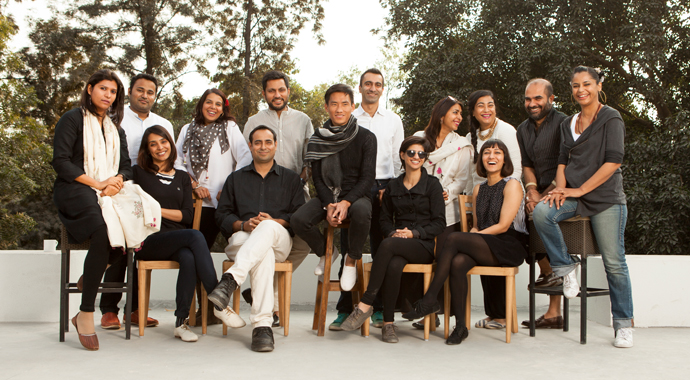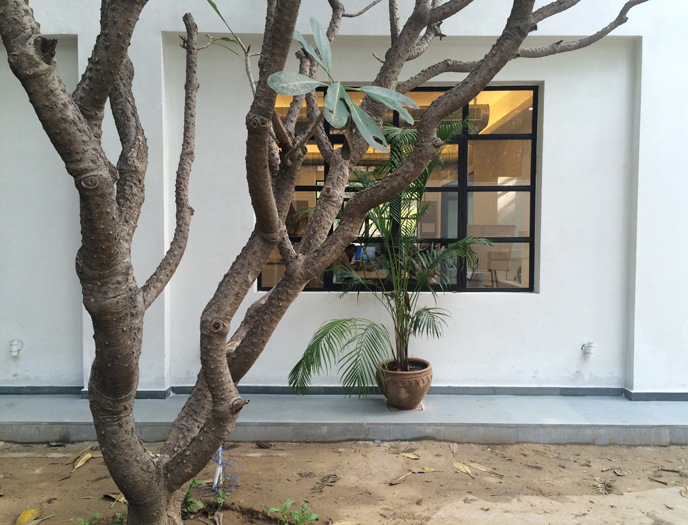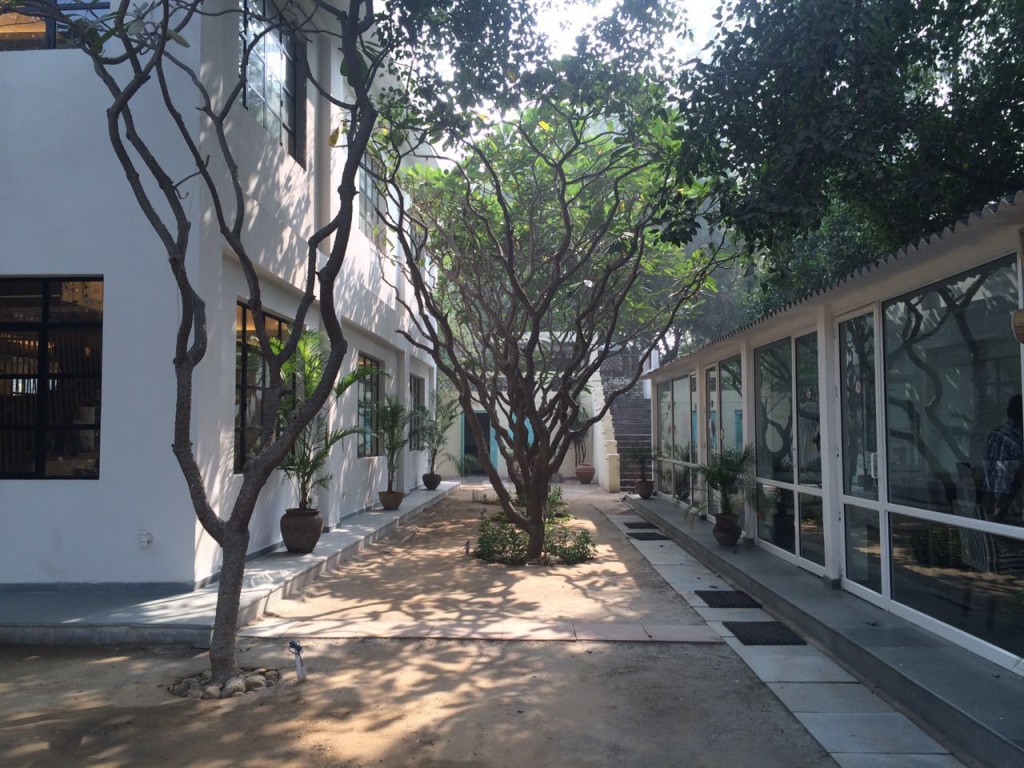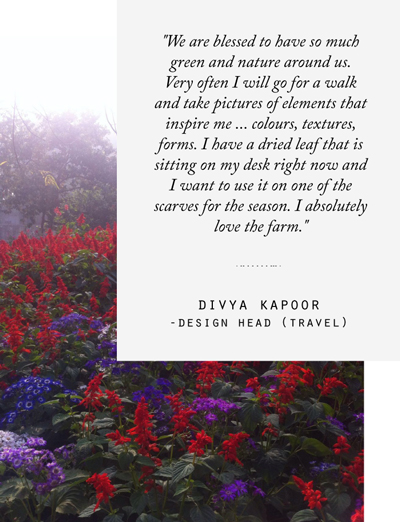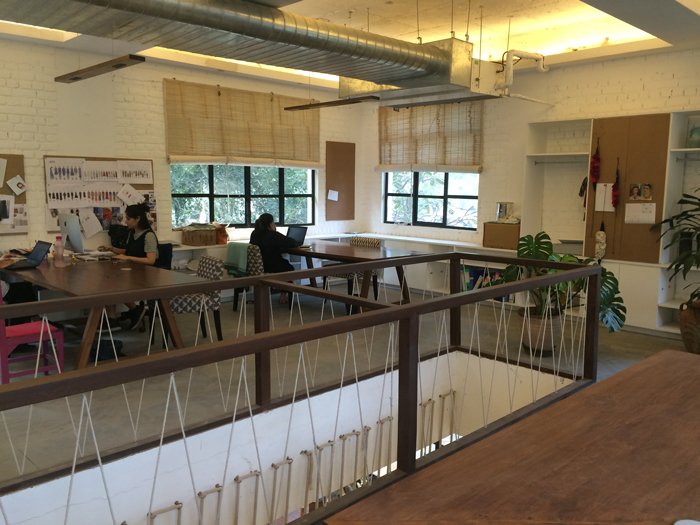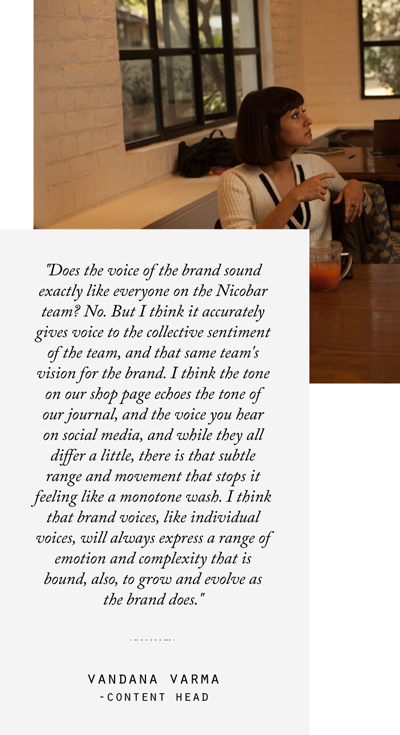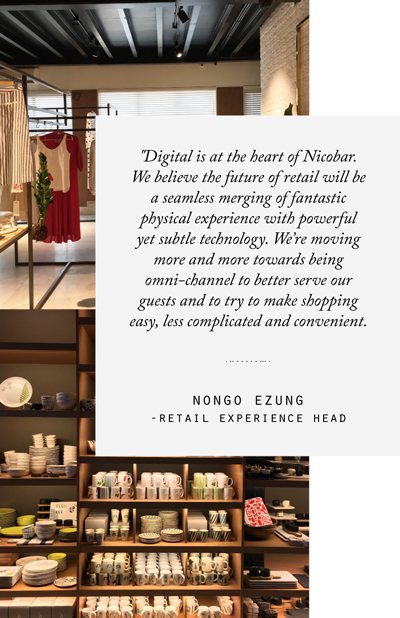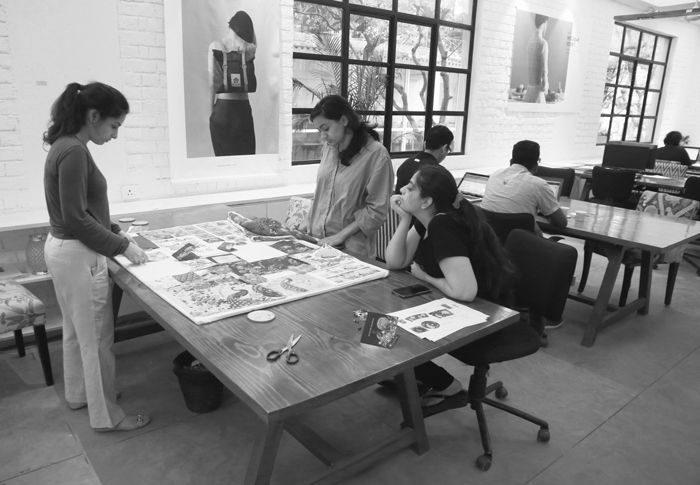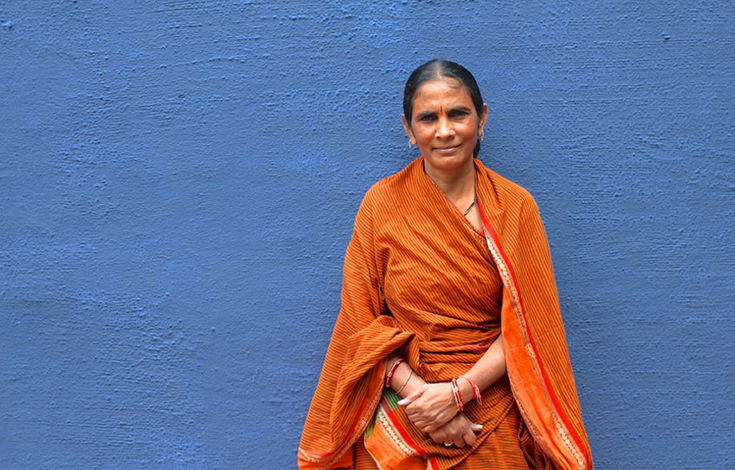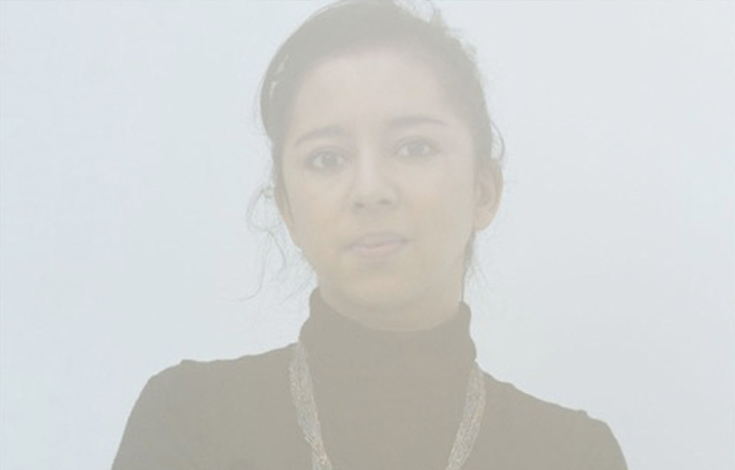Late last year there were murmurs of a secret new brand: an offering for young India backed by Good Earth, one of India’s most loved retailers. Closer to its launch in March, Nicobar (named after the spirit of island living) began announcing its arrival as that of ‘Modern India’ – a phrase that is used heavily to preface its approach to ‘living, dressing and looking at the world’. Made for ‘modern consumers’ – we were indeed curious. How (and why) this needs to be defined is an ongoing conversation amongst many in the design community today – a contested and ambitious undertaking by all means.
Led by husband and wife team, CEO Raul Rai and Creative Director Simran Lal, Nicobar has been actively engaging with the larger design community to test and strengthen its offering, pursuing this opportunity as a new – and different – chapter from Good Earth. We are looking forward to their idea of modernity truly flourishing with respect to aesthetics and product, but what’s clear to us from the outset is that the team – young, vibrant and working from a glass box in the middle of a green farm – is rare. It is also a coming together of some wonderful talent: industry veteran Aparna Chandra heads womenswear design, Vandana Verma (former editor of Motherland) the content team, and Nongo Ezung (formerly from Obataimu) their retail operations.
Their studio space was built without the cutting of any trees – they ceded 50% square footage to keep them and as a result, one walks out of the building to access conference rooms. The work culture – people, thought and execution – is what strikes us most as ‘Modern India’. Below, edited excerpts from a conversation with Raul about his approach towards building a team for today and the future.
I believe we are all products of our own experience, and so I wanted to create a culture of trusting young talent and offering them mentorship in an environment that nurtures creativity.
Trusting young talent > This starts first with finding great young talent … I spent the first 100 days doing 250 interviews and meetings for the first 10 people I brought on board. Given my passion for sport, I had read a lot about how great coaches spend 40% of their time finding great talent … so I never felt guilty about using my time to meet people. As a result, I ended up recruiting the team at locations that ranged from the Nathus in Sunder Nagar, to the Rambagh Palace in Jaipur and Chelsea in New York.
Mentorship > Our leadership team has amazing mentors: Aparna Chandra was from one of the earliest batches of NIFT, Rajiv Purohit (Head of Global Sourcing, Product Development, and Technical Design) has worked with brands like Ralph Lauren before leaving New York to join us, Vandana Varma edited Motherland before joining the team and is an inspiration for so many writers. I feel lucky to have so many mentors to provide us guidance – our first advisor, who has been an advisor to us from day one, is Santosh Desai. He has provided some of the most important nudges in our journey and has helped us articulate and live the “soul of Nicobar”.
An environment that nurtures creativity > I would say I am most proud of trying to create an environment that nurtures creativity and where people feel energised coming to work. Nicobar is as much about creating a culture as creating a company or a platform to showcase contemporary Indian design.
Young guns > A young team is not only industry appropriate but also open to adapting and learning – and I feel attitude is everything. The benefits of young talent often are: hunger, a desire to learn, open mindedness, them keeping me connected to how things are changing and new ideas not limited by their experience.
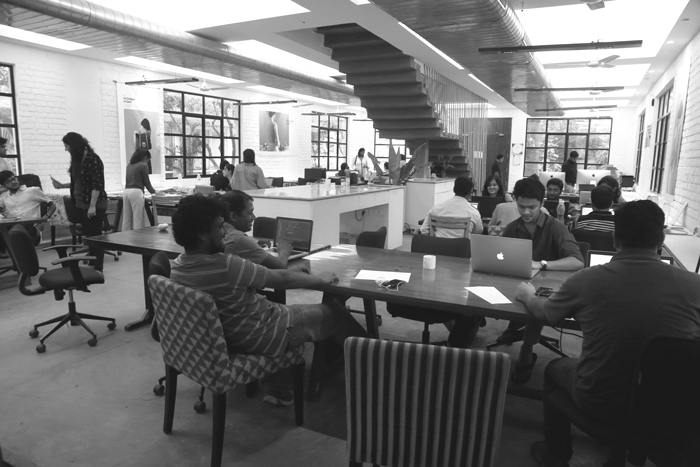
Drawbacks: potentially limited self awareness – young team members have not had enough time to reflect and have not been through their own “crucibles” (a term used by my Harvard Business School professor, Bill George, to describe experiences one has in life which force us to look within and discover who we really are); a desire for overnight success and I find that through experience one is better able to “connect the dots”… and draw lessons across industry experiences or varied geographies.
Naturally younger talent has less dots to connect – which is where the combination of young talent and older mentorship and judgment can be uplifting.
Building a culture > A culture is not built overnight but by constantly emphasizing and more importantly, living out the cultural values. When you hire a leadership team of 12 strong people, they will have different – and strongly held – views of what collaboration means or what the right solution is in a given context. As the CEO, I often have to resolve these passionately held differences in points of view. It’s not easy and many times I feel like a counselor – but playing that role has helped me grow. Now, the number of times I have to intervene is reducing as our culture becomes more ingrained.
I actually don’t know if I am doing a good job of harnessing the diversity in points of views while ensuring the team feels motivated. We reach the right decision for Nicobar first and everybody feels I am making difficult but fair decisions, as I side with one point of view or the other. But I can tell you I love this journey of inner growth – and I am extremely proud of our team and the debates (arguments may be a better characterization sometimes!)
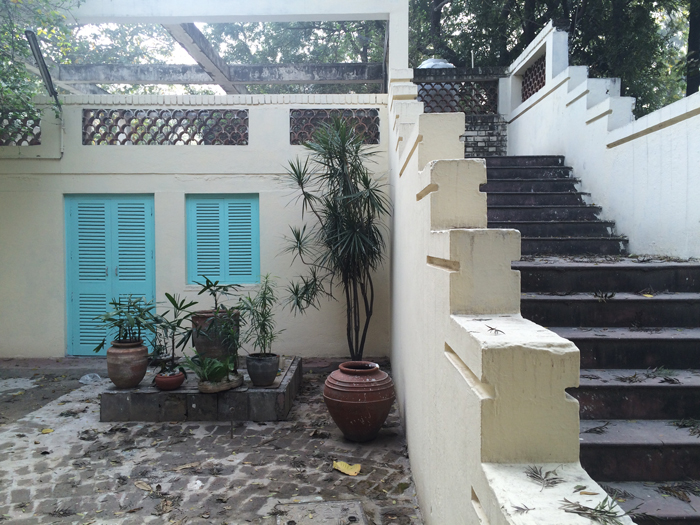
Being successful requires not just designing great product (the design team) but translating that design to great quality products that last (the sourcing and product development teams) and then storytelling in an emotional, authentic manner (the brand, marketing and content teams), creating memorable tactile experience (retail, pop ups and events) and having an impassioned digital presence (the tech and digital teams).
Learning from failure > I have made some mistakes in hiring – both internal team members and consultants. For me, the biggest dimension is people – and so, I have reflected on how to enhance the hiring process. We take longer. We ensure candidates meet various people. And we talk a lot about culture upfront – beyond skill sets.
Constructive criticism > To not rush scaling the business but build the foundations. There is so much more we want to do in the digital area – social, our website – but we have decided to put aside a few things and put out with quality what we love. In an age where there is rapid evolution, it gets tempting to do things quickly. However, we are going slow to go faster. It reminds me of the advice I had got from a friend when I was training to run half marathons – “slow down to speed up”.
Another great piece of advice – not so much a criticism but something pivotal to building our business – was from my HBS professor, Ananth Raman, who said, “Out of chaos comes revenue, out of discipline comes profit”. What he meant was that our initial goal should be to ensure guests love our product and for that a bit of chaos has to be allowed to thrive. We will make mistakes that will cost us time and money but those kind of mistakes can be fixed later.
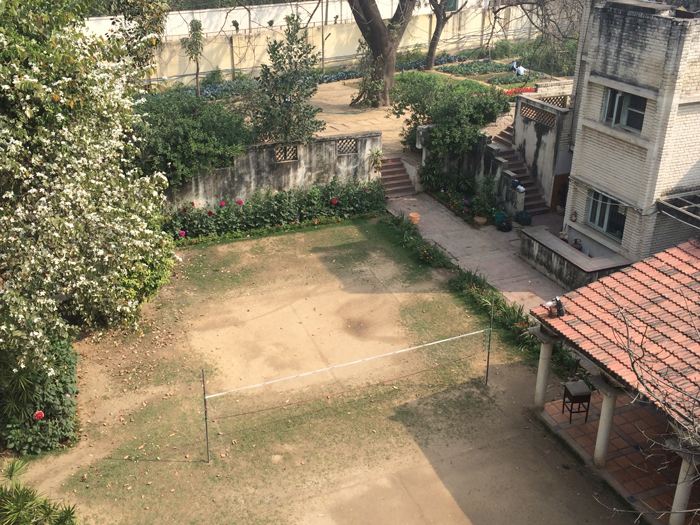
The office > The brief we had put together for our office 18 months ago:
- Good Earth meets Silicon Valley
- An atmosphere of creative collaboration in a shared space without visual blocks and closed doors
- An open plan conducive to active working relationships, inter-department teamwork – and opportunities for serendipitous conversations
- A space to function as a hive for creativity, where every team member has her / his own distinct role, but we work as one in an atmosphere that rewards those who interact with one another
- Natural light / lots of storage
- No cutting of any trees
- A staircase right in the middle of the building takes up real estate – but this way both the floors feel connected and promote collaboration
- An unfinished look to remind us we are on a journey that is just beginning
- Stand-up areas to promote a healthy lifestyle – which interestingly has become the spot for the most productive meetings under our staircase
- An open meeting room for daily stand-ups to promote an agile work environment
- An amphitheatre that serves as an external hub for the team with three functions: space for team members to eat / drink, have outdoor discussions / meetings, and host group presentations and seminars. It’s been designed primarily to encourage conversation.

